Pinterest is transforming into a powerful visual search engine and its latest features hint of a promising future.
Pinterest isn’t new in the social media industry, but there was always a feeling that it’s underperforming, compared to its potential, especially in the ecommerce world.
This may change soon, as it is focusing even more on its search functionality and more specifically, on its effective visual search.
More than 2 billion searches are conducted every month on Pinterest, with people looking for inspiration, customised to everyone’s unique taste and interests.
Personalisation and recommendation
Pinterest is building on ‘idea search’ and it’s proud of its recommendation tool, based on the users’ searches and interests. Pinterest stresses that recommendations are not powered by robots as “Pinterest is powered by people and the ideas they hand select.”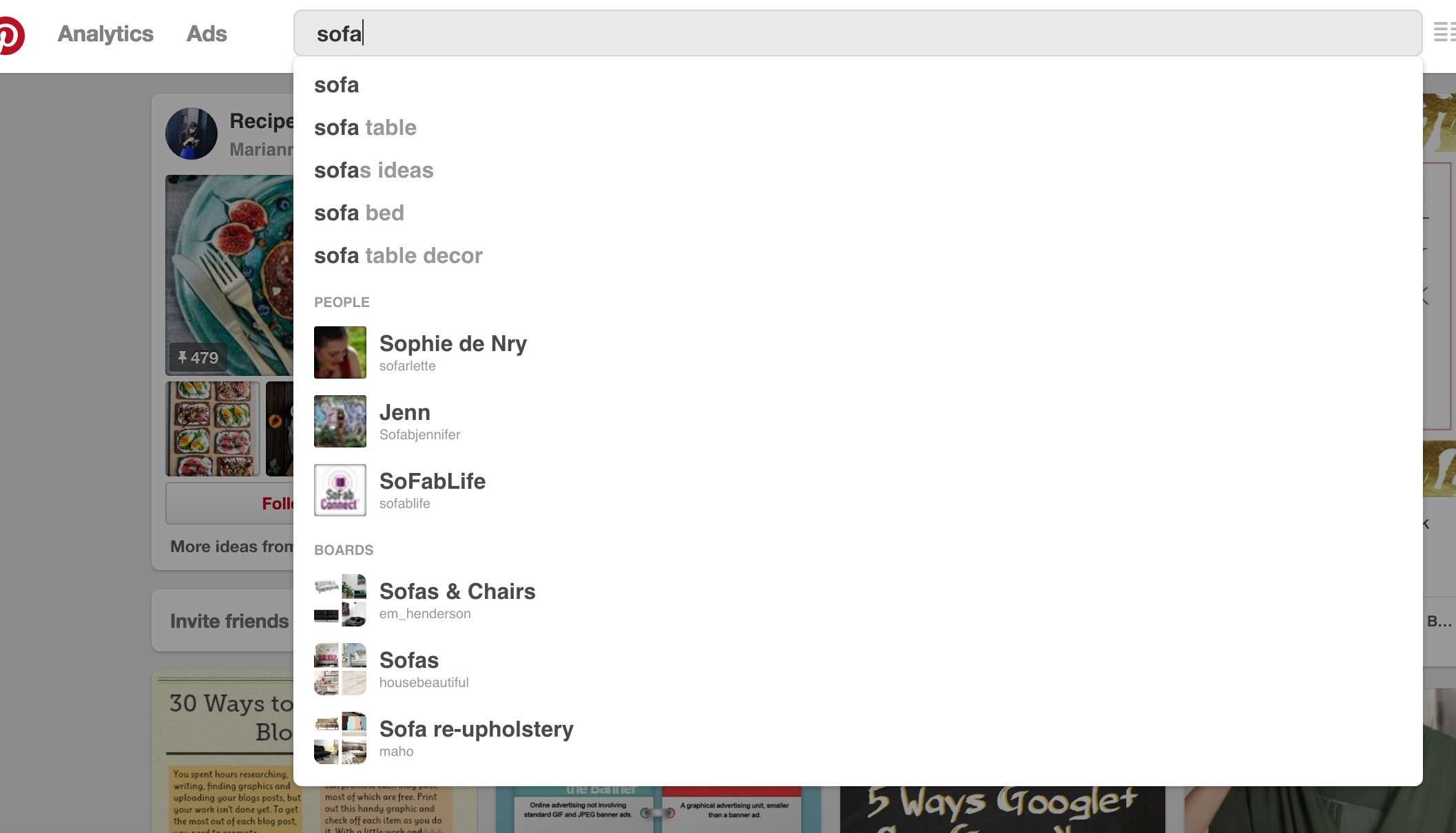
Its search function allows users to find exactly what they are looking for, while the recommendations predict the users’ next clicks, depending on similar searches.
This helps users create new keyword matches, by adding new words to the initial search, reaching for the perfect match in fewer clicks than expected.
As Pinterest users love searching for new products, decoration ideas, inspiration, graphics, a powerful recommendation makes the searching experience more effective and thus, more appealing.
Guided search
Guided search isn’t new on Pinterest, but it was probably the turning point for the platform it years ago, when it began realising how search may be crucial for its growth.
Search guides allowed users to continue jumping from one result to another, in a logical sequence that kept bringing them closer to the exact match, making the discovery mode more useful and engaging.
This meant a user could find a product even without searching for it directly, with Pinterest improving the personalisation to favour both users and brands.
Improved personalisation led to better search results and this eventually increased the engagement, as users realised that browsing is becoming both interesting and practical when looking for new products or ideas.
What’s more, guided search is helping users understand how Pinterest’s new search function works, encouraging them to make more descriptive searches in order to discover exact matches.
And of course, there’s the case when users start exploring a search without having a specific pin in mind, which makes the next clicks more spontaneous, with Pinterest offering numerous options of further discovery with its suggestions.
Visual search through existing pins
Pinterest introduced a way that you can discover any product that is depicted in an existing pin, by zooming on it and exploring all the similar related pins.
Let’s say that you click on a pin showing a living room. If you like the specific lamp and you wish you could find a similar one, you just zoom-in on it and all of a sudden, you discover on the right side of your screen all the relevant pins that look similar to the particular lamp.
This is extremely useful both for users looking for specific products, even buying them directly through the similar pins, but also for the actual retailers who have now found a new way to promote their products, by completely relying on personalisation and a targeted (and engaged) audience.
As you know that the specific user is interested in the specific lamp, your company can increase the sales of its product directly, by ensuring that it features all its products on Pinterest, in order to help users discover them.
According to Pinterest, there are already 130 million visual searches that take place every month, with furniture, home decor and style ideas being the most popular ones.
Pinterest may not be the first tool that recognises products to find similar results, but this function makes it extremely powerful, especially when combined with an audience that can easily become hooked to the platform after a while, with a purchase intent that many sites would admire.
Image search meets the real world
Pinterest is not planning to rest upon its laurels, on the contrary, it seems to have bigger plans regarding visual search.
It was less than a month ago when it announced the arrival of a new camera search technology which will help pinners find the product they are looking for in the real world. A photo snap of an object will be enough to showcase similar recommendations on Pinterest, making the purchase of any product easier.
This technology will take its visual search experience to the next level, hoping to maximise its commercial appeal, while brands will probably be excited to blend the real-world shopping experience with the relevant pins on Pinterest.
Local results
Pinterest is also trying to favour local results, by creating pins that feature maps, by blending the location with Foursquare, while it also hopes that users will start discovering all the possibilities the platform may offer for the planning of their next trip.
These improvements on local search results led to three times more local ideas searched in the past year, while this also leads to further results which come twice as fast, helping everyone spot new places and options that are relevant to the initial search.
Growing ad revenue – approaching search marketers
Pinterest is still struggling to monetise its whole experience, at least to the extent that we were expecting, and that’s what has led to several recent changes, including the idea to offer keyword-based ad buys to search marketers.
Its search inventory is now available to advertisers, which will favour both its revenue, but also the marketers looking for more specific results, in an extremely targeted audience.
What’s more, Pinterest has also collaborated with Acxiom and Epsilon to allow advertisers to combine their data with the platform’s, in order to buy specific target audiences, in a similar way that Facebook does.
These are helping search marketers and brands to connect with their audience and reach them in new and more personalised way, which will make their messages more relevant and the conversion easier.
What’s next?
Pinterest is hoping to increase its ecommerce features in the near future and it’s time for brands and advertisers to start understanding its potential, along with the engaged audience that is ready to proceed to a purchase by the time the ideal product is found.
It’s not easy yet for Pinterest to monetise its presence, but these recent features and the idea of focusing on visual search may help take it to the next level.
The article Six ways Pinterest is becoming serious about visual search was first seen from https://searchenginewatch.com
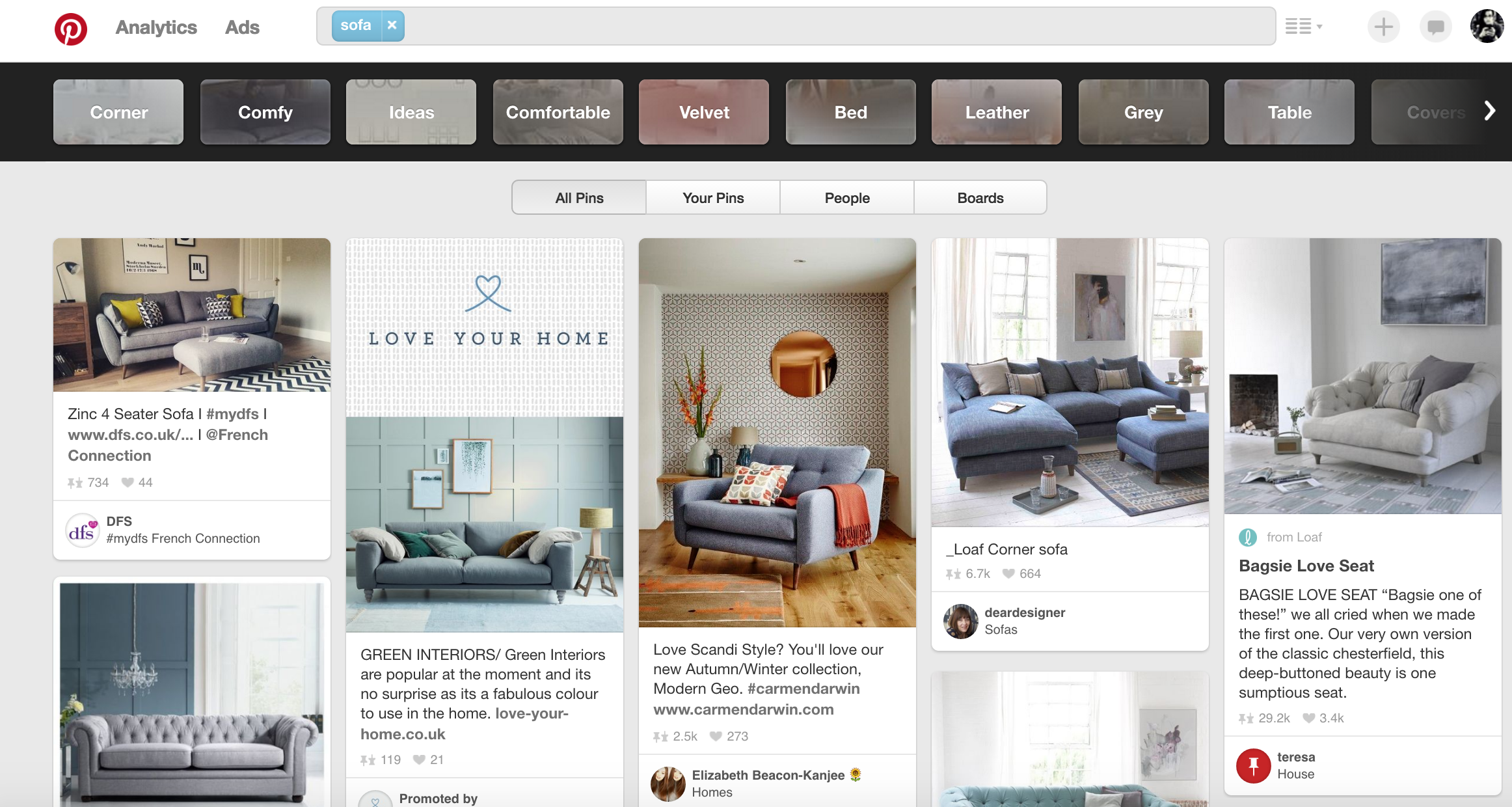



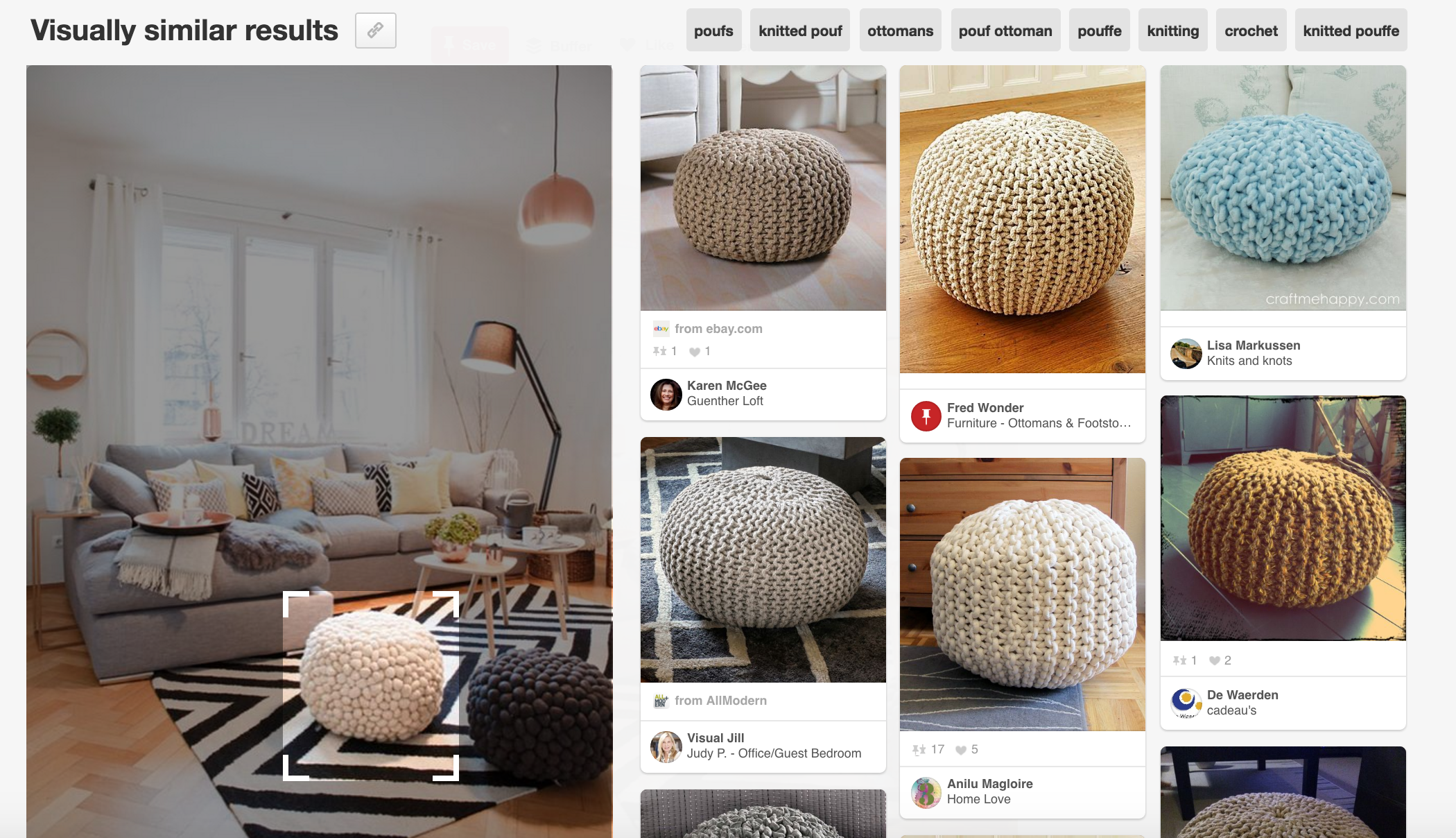
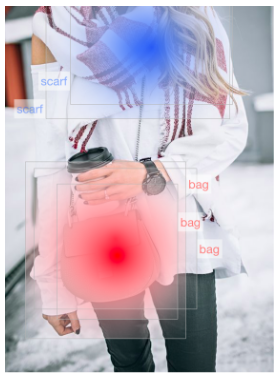
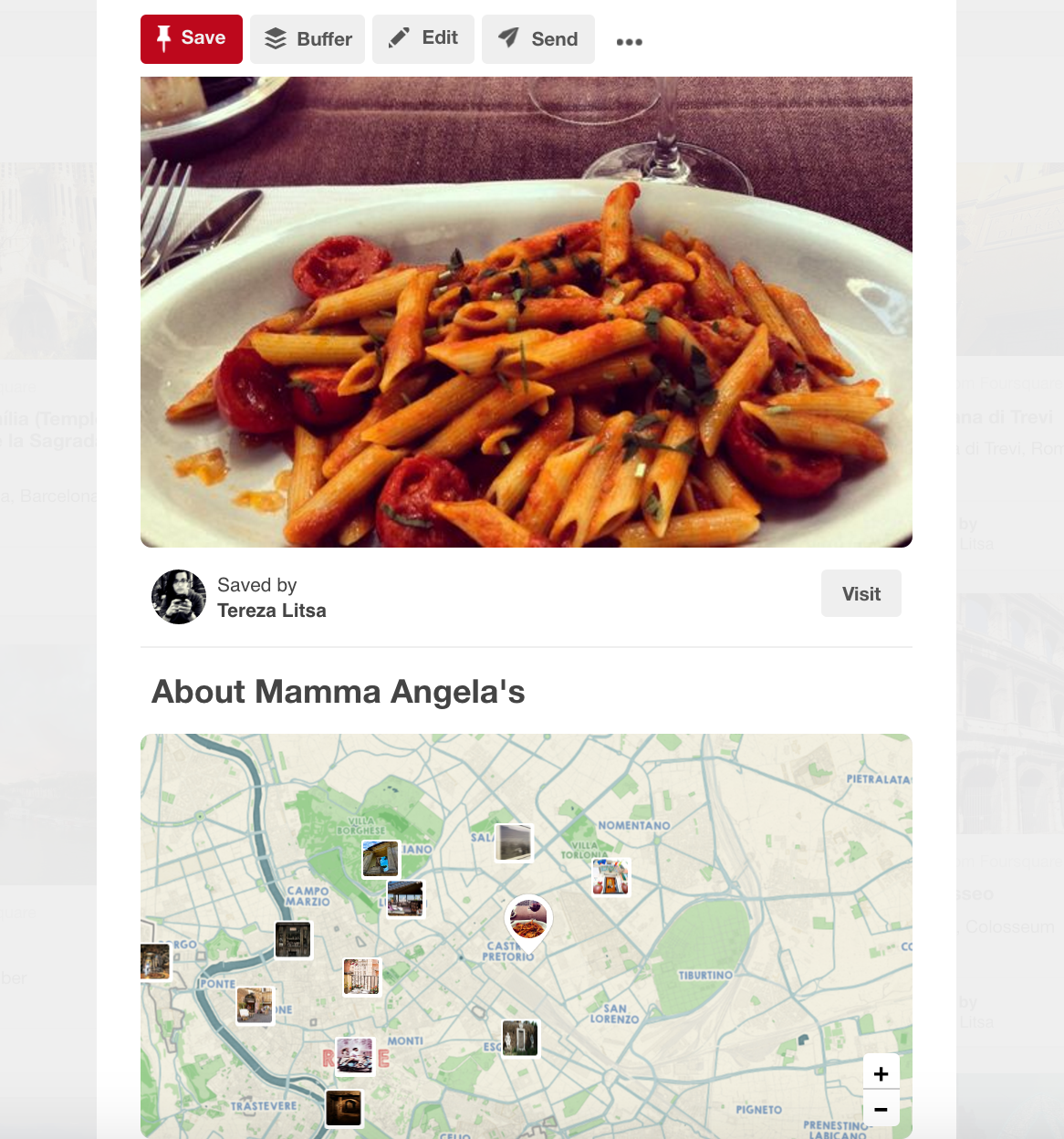

No comments:
Post a Comment